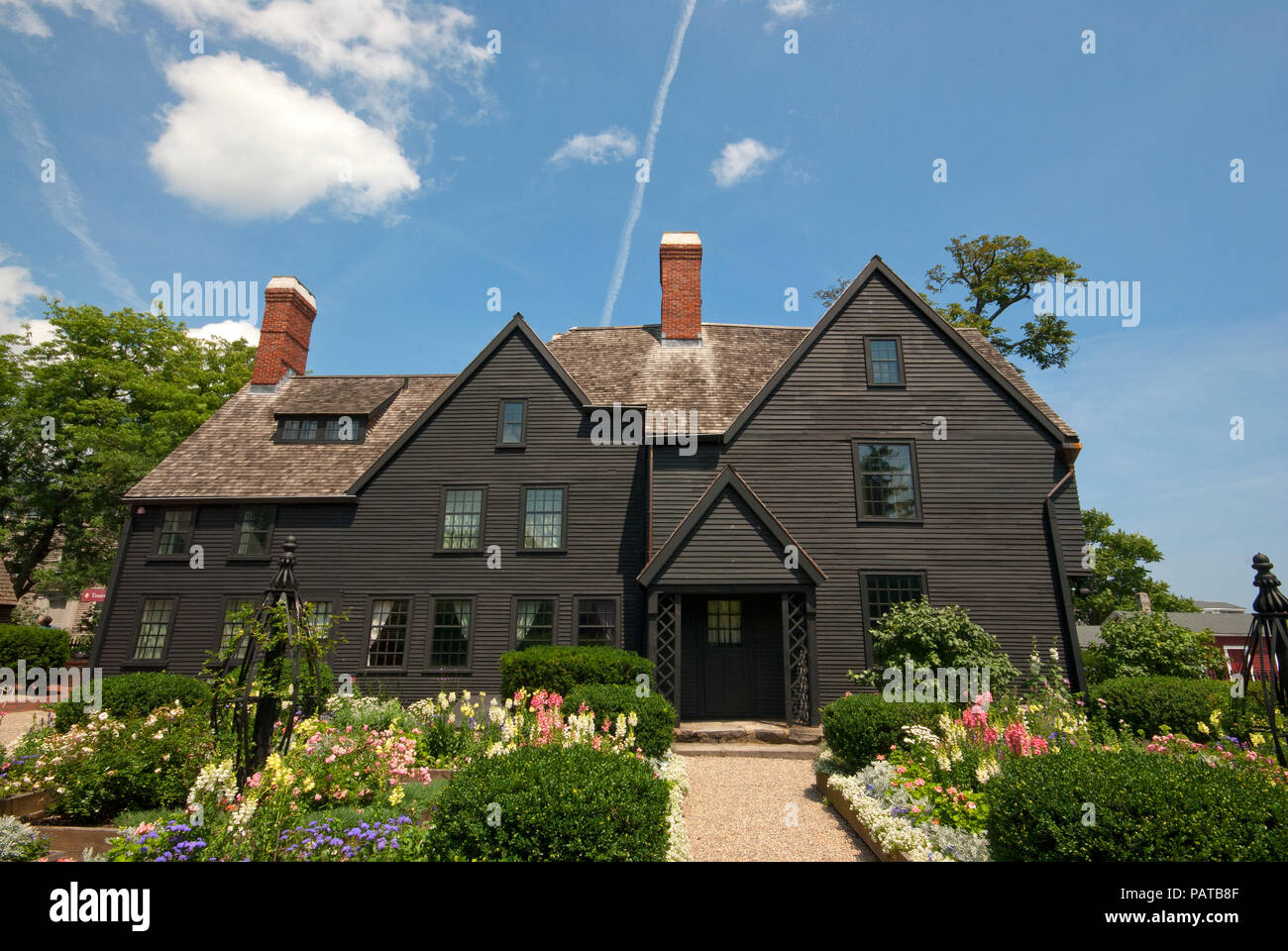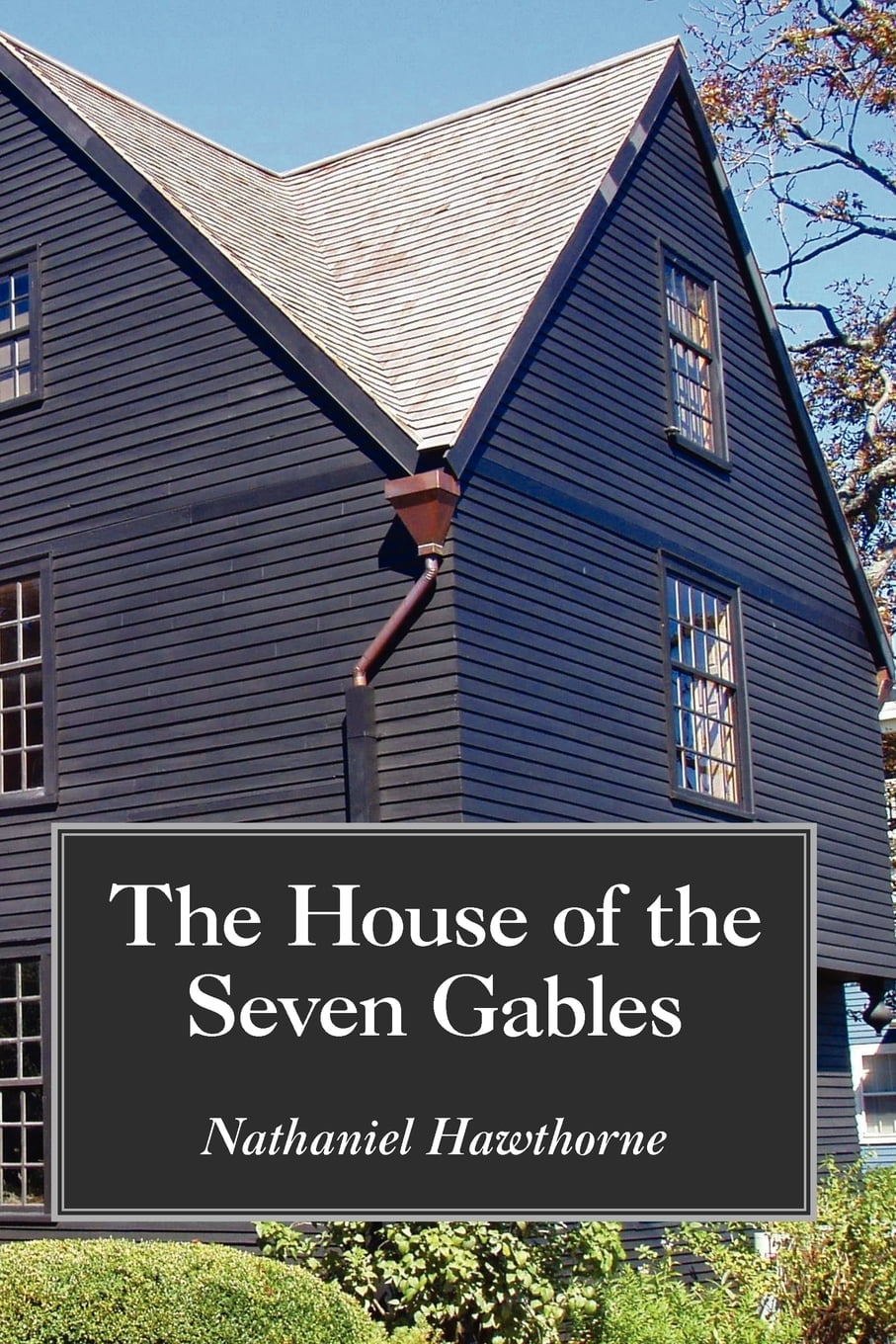Table Of Content

Each venue, including the House of the Seven Gables, will give you pointers, as well. A Grand Parade draws a big crowd early in October and signals the official beginning of Haunted Happenings. The first Haunted Happening, in 1982, drew 50,000 people — families, couples, history buffs and Halloween enthusiasts. Today, the city estimates that about 500,000 people visit Salem in October. After restoring the Turner-Ingersoll mansion, Emmerton continued to focus on saving threatened Salem buildings. She purchased and saved The Hooper-Hathaway House (c. 1682) and moved it to its current location in 1911.
Organization History
From enslaved people to indentured servants to immigrants fleeing... The Salem Witch Museum is a 15-minute walk from The House of the Seven Gables. The Witch House is a 24-minute walk from The House of the Seven Gables. The cemetery and the memorial are next to each other, and a 14-minute walk from The Gables. Whether you're a history buff, a sports fan, a foodie, or an outdoor enthusiast, the Bay State offers a rich tapestry of attractions that cater to all tastes and interests.
Monster of the Month w/ Colin Dickey: Arctic Ghosts
You will also see displays on Hawthorne’s life, work, and historic Salem in general. At the end of the tour, you can choose to explore the small house of Hawthorne’s birth, which was also moved from its original location on Union Street to sit beside the House of the Seven Gables. A few blocks away on Hawthorne Boulevard towers a large statue of Nathaniel Hawthorne himself. The earliest section of the House of the Seven Gables was built in 1668 for Captain John Turner, a wealthy sea captain and merchant who was born in Salem, Massachusetts in 1644.
Salem Witch Trials Memorial
By visiting The House of the Seven Gables, you agree to follow our Policies and Procedures. Many interesting features of the original mansion remain, including unusual forms of wall insulation, original beams and rafters, and extensive Georgian paneling.
Chandler was a central figure in the early 20th-century historic preservation movement and his philosophy influenced the way the house was preserved. Chandler creatively, though with little documentation, enlarged the building to accommodate the settlement workers. He added an ell and lean-to to the rear elevation and inserted new bedrooms and bathrooms in the second floor and attic rooms of the earlier parts of the house. Chandler and Emmerton strove to recreate the house’s exterior as it appeared about 1720, a time when they believed it still retained its overall postmedieval appearance.

Salem Heritage Trail
Learn about four centuries of inclusive history at one of America’s most beloved historic homes. There are a few other connections to the witchcraft period involving John Turner. When John Proctor’s servant Mary Warren accused Salem Town widow Ann Pudeator of witchcraft, one of Warren’s claims involved Pudeator’s specter causing a young Turner to fall from a cherry tree, knocking him unconscious.
Follow us
Joseph Everett Chandler directed the Homestead restoration in 1909, about the same time that he oversaw The House of the Seven Gables restoration with direction from its new owner, the philanthropist Caroline Emmerton. Start your visit to this historic cemetery at the 1665 Pickman House Welcome Center to get oriented and shop for gifts. Begun in 1637, Old Burying Point is one of the oldest cemeteries in the country and the oldest of eight in Salem. Two judges who oversaw the witch trials are buried here — John Hathorne (great-great-grandfather of Nathaniel Hawthorne) and Bartholomew Gidney, along with numerous notable Salem residents.
The “Bewitched” statue is at 235 Essex St., at the intersection of Washington and Essex streets in downtown Salem. The Colonial Revival seaside gardens capture the charm of four centuries of gardening in New England. The raised-bed areas of the garden are considered to be the most historically significant feature of the grounds. The patterned beds were laid out in 1909 by Joseph Everett Chandler, the architect who partnered with Caroline Emmerton on the restoration of The House of the Seven Gables. The garden was designed in a Jacobean style as an “oasis of beauty” to be enjoyed by her neighbors. Miss Emmerton was adamant about the maintenance of the grounds and set the standards practiced today.
Emmerton grew up in a city that was transitioning from its past as a major shipping port to its future as a manufacturing center for both textiles and the leather industry. George Emmerton, Caroline’s father, worked in the growing chemical industry. The Salem that Caroline grew up in was the Salem of “The Gilded Age,” when advances in machinery led to economic growth, waves of immigration, and tension around class inequality. The Nathaniel Hawthorne Birthplace is now immediately adjacent to the House of the Seven Gables, and access to it is granted with either a regular admission fee or a grounds pass.
Fusion Fest brings live music, dance, food, arts and the Salem community together at The Gables - Destination Salem
Fusion Fest brings live music, dance, food, arts and the Salem community together at The Gables.
Posted: Fri, 04 Aug 2023 07:00:00 GMT [source]
Her birth house still stands on Summer Street and her home as an adult can still be seen today on Essex Street. The mark of her generous spirit can be found at the Women’s Friend Society on Hawthorne Boulevard and at Plummer Youth Promise on Winter Island. Caroline Osgood Emmerton was born on April 21, 1866 in Salem, Mass.
Inspired by Jane Addam’s Hull House, she purchased what was the old Turner Mansion in 1908 and worked with architect, Joseph Everett Chandler to restore it to its original seven gables. Chandler was a central figure in the early 20th century historic preservation movement and his philosophy influenced the way the house was preserved. In its final iteration, the Turner House is an exemplar of the Colonial Revival movement.
October at The House of the Seven Gables - Destination Salem
October at The House of the Seven Gables.
Posted: Sat, 17 Sep 2016 07:00:00 GMT [source]
The house’s initial significance stems from its status as one of the state’s First Period, timber-frame houses. In the seventeenth century, mariner John Turner was one of Essex County’s wealthiest residents and consequently built one of its most ambitious houses within a few hundred feet of the Atlantic Ocean. Its interior also featured rare refinements such as plastering between painted joists. Within a few years, Turner added a common rearward lean-to expansion, which housed the kitchen. In 1677, Turner showcased his growing wealth through a second, more ambitious expansion of the southern facade, which increased the size of the house by almost two-thirds and largely obscured the original facade. This wing, replete with a second chimney, contained a new parlor, chamber, and garret lighted with three more gables, bringing the total number of gables to its eponymous seven.

The Peabody Essex Museum in Salem holds 511 original documents from the 1692 Salem witch trials. These documents — such as letters, trial transcriptions and court orders — were entrusted to the museum by the Commonwealth of Massachusetts for safekeeping. Some can be viewed and read online here, while a few works of art connected to the trials are on view in the American Art galleries at PEM. Look for the dramatic painting, “Trial of George Jacobs, August 5, 1692” by Tompkins Harrison Matteson, 1855.
Tickets are released on a monthly basis (for the following month); they are available to members the 1st of each month, and then to the general public starting the 4th of each month, with the exception of October. After John Turner III lost the family fortune, the house was acquired by the Ingersolls, who remodeled it again. A few years later, a kitchen lean-to and a new north kitchen ell to the rear of the house were added. By 1676, Turner had added a spacious south (front) extension with its own chimney, containing a parlor on the ground floor, with a large bed chamber above it.
Since 1909, Chandler's restoration has been carefully maintained. In 1972 the site and buildings became a National Register of Historic Places district; in 1994, The House of the Seven Gables Settlement Association built the Seamans Visitor Center. The novel is set in the mid-19th century, but flashbacks to the history of the house, which was built in the late 17th century, are set in other periods.

No comments:
Post a Comment